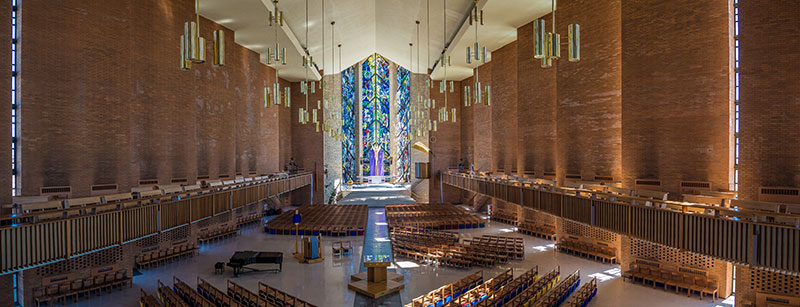
In the United States, active shooter incidents have been occurring with alarming frequency. Houses of worship and faith-based organizations are increasingly at risk of being targeted by violent extremists. The historical record shows that violent extremists, including some hate crime perpetrators, have targeted, and encouraged the targeting of religiously affiliated facilities, events, people, and groups. As such, they require special consideration when protecting their people, property, and facilities from an active shooter threat.
Let’s take a closer look.
Active Shooter Threats are highly disruptive because they disrupt lives, destroy property and result in significant financial losses not only for those directly impacted but also for community members who must deal with secondary effects such as lost wages and increased insurance premiums.
While The FBI and local law enforcement throughout the country continue to monitor credible threats on communities of faith, especially during worship holidays there are preventative steps that faith-based communities of every size should consider.
Emergency Preparedness and Response Plan
To help protect and mitigate your facility from harm during an active shooter incident, develop or update your Business Continuity and Emergency Preparedness & Response plan to cover specific and clear action points for multiple types of threats. First responders can play a valuable role in providing education, resources, and tools to help leaders improve the safety of their communities. These resources help assess risk exposure, proper protocols, roles and responsibilities, and security measures that will help mitigate the threat.
Cooperation and Building Relationships
It is important that local law enforcement and first responders engage religious community leaders and congregations in their jurisdiction to build a culture of safety in the fight against terrorism. This information exchange should include transparency on the current threat and ways to identify early risk factors. Likely, there are first responders who are already members of a religious community who can serve as trusted initial points of contact in building active working relationships.
Intelligence
An inherently welcoming open-door policy creates ripe opportunity for bad actors seeking to cause harm. Social media is a common outlet of leakage and monitoring it is one way to identify and escalate indicators of the intentions of threat actors. Social media monitoring can help identify individuals who are moving along the path to violence as they often engage in what is called “leakage”, which, in the context of threat assessments, is the communication to a third party of an intent to do harm to a target. The means of communication may vary and include letters, diaries, journals, blogs, online videos, emails, voice mails, and other digital forms of transmission. Leakage is a warning behavior that typically implies a preoccupation with the target and may signal the research, planning, and implementation of an attack.
Training and Education
Emergency response plans (updated/reviewed annually) should be easily accessible by team members, employees and others who are routinely on-site along with personnel training and socialization can help reduce harm during an active event. Training and exercising are the main paths to ensuring that in any crisis, those responsible for action understand how to respond and can do so based on practice and repeated exposure to the scenario.
Review Online Communication Practices
Faith-based organizations host public activities regularly that are intended to unite their community and provide public benefit. Prayer services, classes, celebratory activities, and food and donation collections are all posted online to inform and garner broad interest. This also unfortunately provides bad actors with timely intel on when, where and how large groups of people will be congregating. It is important that organizers remain vigilant to suspicious behavior, ranging from bulky clothing that could conceal a weapon to loitering in unauthorized areas of the facility.
Plain-clothes Security Personnel
By design, most houses of worship have several entry doors. Congregations often sit facing front, with their backs to the door. These conditions and the solemness of service, offer very little situational awareness to the risk of a potential active shooter. The presence of a well-trained, armed security professional in plain clothes who is not immediately recognizable as security provides a heightened security posture. A gunman who is intent on causing mass casualty will quickly identify and neutralize a uniformed security guard. A covert professional is more likely to identify the bad actor first and mitigate the threat.
Canine Security
For large, crowded faith-based events, use canine detection team for sniffing out the potential threat of explosives or firearms. These specialized firearm detection dogs and their handlers are trained to detect odors associated with firearms, whether or not previously fired. These odors include cleaning solvents, oils, holster materials and more. Teams are trained in odor tracking so they can identify a firearm on a moving person and follow the scent to the source, even in crowded venues.
These are just a few of many security options that should be considered when developing a layered security plan to protect people and property from today’s escalating threat. There is no one-size-fits-all solution, but rather meaningful initiatives that should be balanced against an entity’s unique needs, resources, budget, and intention.
Not sure where to start?
Our complementary, Risk360® online review tool is the first step in helping you evaluate your risk profile. Start now and get your free, personalized risk report today.
Need help now?
Click here to reach our Allied Universal® Risk Advisory and Consulting Team
Click here to reach our Canine Detection Group, MSA Security, An Allied Universal® Company























